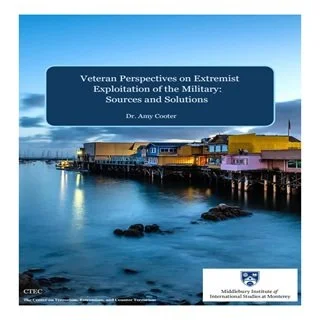By Amy C. Gaudion
In his 2022 book, Ward Farnsworth crafts a metaphor from the lead-pipe theory for the fall of Rome to consider how rage and misinformation traveling through today’s technology-enabled pipes are poisoning our civic engagement and threatening our governmental structures: “We have built networks for the delivery of information––the internet, and especially social media. These networks too, are a marvel. But they also carry a kind of poison with them. The mind fed from those sources learns to subsist happily on quick reactions, easy certainties, one-liners, and rage.” This Article carries the metaphor into a new context and considers what should be done when the poison being transported through the digital pipes is directed at members of the U.S. military. While extremism in the U.S. military is not a new threat, the events of January 6, 2021, brought the threat into much sharper focus. It exposed three preexisting trends, each sitting in plain sight but not yet woven together. These trends include a growing acceptance of extremist views and ideologies in U.S. military and veteran communities, an increase in violent extremist acts committed by individuals with military backgrounds, and the enhanced use of digital platforms by extremist groups to target their messaging to and strengthen their recruitment of individuals with military experience. To return to the metaphor, the extremist poison is teeming through the pipes at an alarming rate, and the number of pipes has increased to include social media platforms, encrypted chat tools, gaming platforms, podcasts, and music streaming apps, including YouTube, Discord, Gab, Telegram, and WhatsApp, among many others. In offering these observations, the author is mindful of not overstating the threat and takes seriously warnings as to the adverse consequences that follow from hyperbole and exaggeration. Indeed, a fundamental difficulty is the lack of understanding as to scope and scale of the extremism threat in the U.S. military. This Article attempts to draw the contours of that threat, exposes the structural and legal obstacles that make countering extremism in the military such a fraught exercise, and identifies actors, tools, and mechanisms—beyond the conventional options––able to overcome these long-standing structural and institutional obstacles.
Indiana Law Journal | Vol. 100:1743 | 2025, Penn State Dickinson Law Research Paper 10-2025



